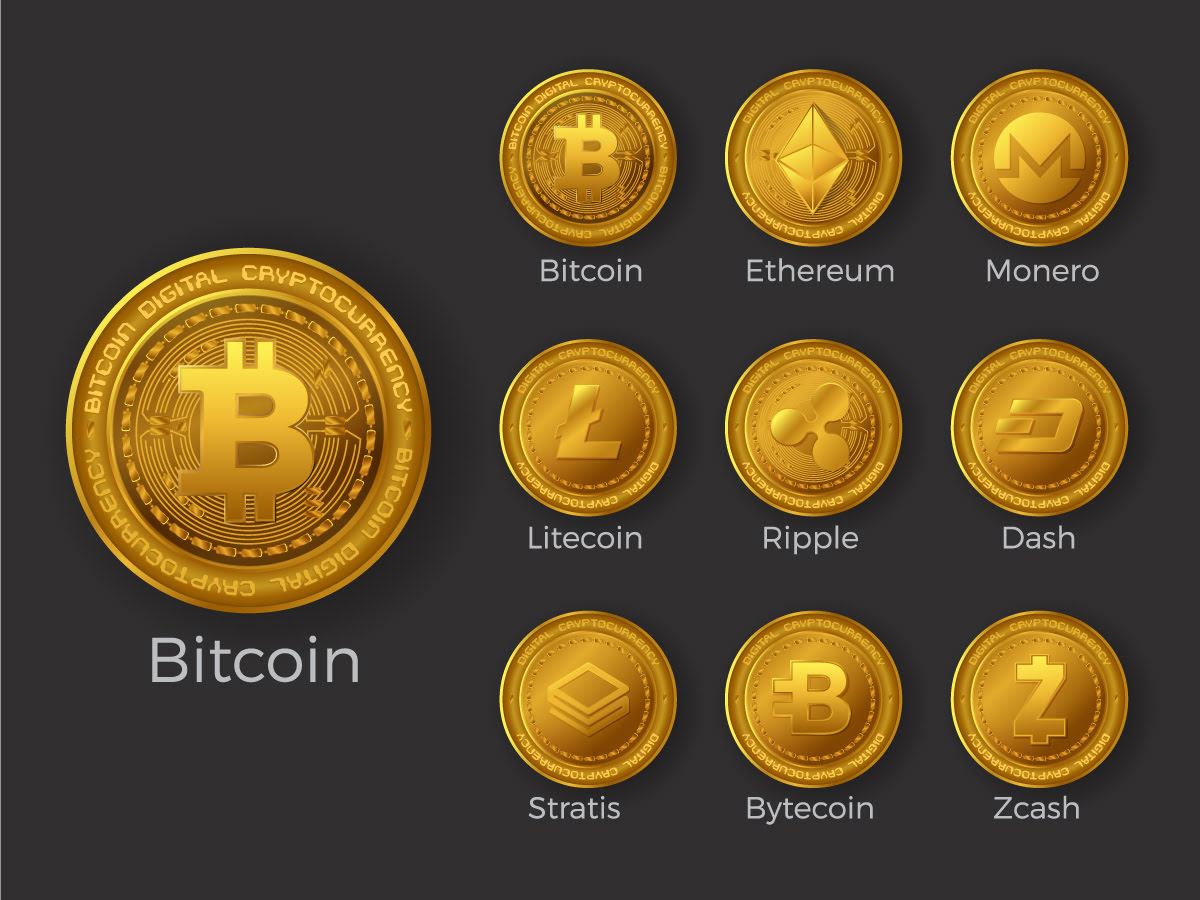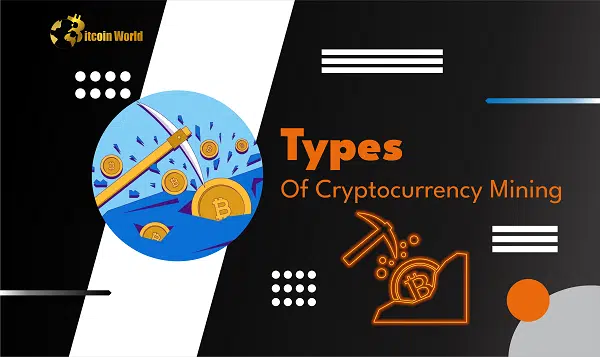Are all cryptocurrencies the same
Risk disclosure: Investing in financial instruments, digital assets, and fintech-related products carries significant risk and may result in the loss of your entire investment https://portal-credo.info/. These markets are volatile and influenced by regulatory, technological, and political developments. Such investments may not be suitable for all investors. You should carefully consider your financial objectives, experience, and risk appetite before investing. Seek independent advice where appropriate. Fintech Review does not provide investment advice or endorsements. All content, including news, press releases, sponsored material, advertisements or any such content on this website, is for informational purposes only and should not be treated as a recommendation or promotion of any financial product or service. Fintech Review is not affiliated with, and does not verify or endorse, any project, cryptocurrency, token, or any type of service or product featured in promotional or third-party content. Readers must conduct their own due diligence before acting on any information.
While all forms of digital money offer near-instant payment capabilities at low fees there are important differences among them. CBDCs (Central Bank Digital Currencies) are legal tender and ideally suited as means of payment. However, as they are still in concept or pilot phase, they are not yet available for real-world use cases at scale.
India has been quite the innovator, from a certain perspective. The Payment and System Settlements Act (PSS) requires authentication on all domestic debit and credit transactions except low-value transactions. These are heavily reliant on onetime passwords (OTPs). The country was the first to introduce additional authentication for online payments, back in 2009. India also makes use of the unique Aadhaar system of providing UID identification, described by the World Bank as “the most sophisticated ID program in the world”. There is some overlap between this and secure payments, in the sense of consumers using their UID to safely make certain banking transactions. This likely covers some of the use cases of 3D Secure-style authentication elsewhere.
The world of finance is undergoing a digital revolution. For a number of years now banks have looked at ways to use digitization to streamline processes, enhance efficiency, and improve customer experience, with varying degrees of success. However, the future of payments is venturing beyond just digitizing banking processes; it is about digitizing money itself.
Mobile payment solutions are transforming how consumers interact with money. Apps like Apple Pay, Google Wallet, and Samsung Pay have revolutionised the payment process by allowing users to store their card information securely on their smartphones. This trend is particularly strong among younger generations who prioritise convenience and speed in their financial transactions.
Cryptocurrencies all
The total crypto market volume over the last 24 hours is $172.65B, which makes a 34.94% increase. The total volume in DeFi is currently $27.22B, 15.77% of the total crypto market 24-hour volume. The volume of all stable coins is now $161.34B, which is 93.45% of the total crypto market 24-hour volume.
Cryptocurrencies are digital assets that are secured by cryptography. They use decentralized networks to transfer and store value, and the transactions are recorded in a publicly distributed ledger known as the blockchain. Transactions are verified by network nodes and recorded in a public distributed ledger known as the blockchain. Cryptocurrency transactions are secure, and are verified by a decentralized network of computers.
The total crypto market volume over the last 24 hours is $172.65B, which makes a 34.94% increase. The total volume in DeFi is currently $27.22B, 15.77% of the total crypto market 24-hour volume. The volume of all stable coins is now $161.34B, which is 93.45% of the total crypto market 24-hour volume.
Cryptocurrencies are digital assets that are secured by cryptography. They use decentralized networks to transfer and store value, and the transactions are recorded in a publicly distributed ledger known as the blockchain. Transactions are verified by network nodes and recorded in a public distributed ledger known as the blockchain. Cryptocurrency transactions are secure, and are verified by a decentralized network of computers.
The very first cryptocurrency was Bitcoin. Since it is open source, it is possible for other people to use the majority of the code, make a few changes and then launch their own separate currency. Many people have done exactly this. Some of these coins are very similar to Bitcoin, with just one or two amended features (such as Litecoin), while others are very different, with varying models of security, issuance and governance. However, they all share the same moniker — every coin issued after Bitcoin is considered to be an altcoin.
Cryptocurrency market capitalization (market cap) refers to the total value of a particular cryptocurrency that is currently in circulation. It is calculated by multiplying the current market price of a cryptocurrency by the total number of coins or tokens that have been issued. The total market capitalization of all cryptocurrencies for today is $3,482,102,116,442
Are all cryptocurrencies mined
Mining pools are groups of miners who pool their resources (hash power) to increase their chances of winning block rewards. When the pool successfully finds a block, the miners in the pool share the reward according to the amount of work they each contributed.
The amount of crypto in a block reward varies from one blockchain to another. For example, on the Bitcoin blockchain, miners can get 3.125 BTC in block reward as of December 2024. Due to Bitcoin’s halving mechanism, the amount of BTC in a block reward decreases by half every 210,000 blocks (approximately every four years).
In conclusion, not all cryptocurrencies are mined. While mining remains a popular method for creating digital currencies, especially through PoW consensus mechanisms, other cryptocurrencies are generated through staking, pre-mining, or airdrops. Each method has its advantages, depending on the goals of the project, whether that’s decentralization, energy efficiency, or network stability. As I continue to explore the ever-evolving world of cryptocurrencies, it’s clear that there are many paths to creating a digital currency, and mining is just one of them.
Mining pools are groups of miners who pool their resources (hash power) to increase their chances of winning block rewards. When the pool successfully finds a block, the miners in the pool share the reward according to the amount of work they each contributed.
The amount of crypto in a block reward varies from one blockchain to another. For example, on the Bitcoin blockchain, miners can get 3.125 BTC in block reward as of December 2024. Due to Bitcoin’s halving mechanism, the amount of BTC in a block reward decreases by half every 210,000 blocks (approximately every four years).
In conclusion, not all cryptocurrencies are mined. While mining remains a popular method for creating digital currencies, especially through PoW consensus mechanisms, other cryptocurrencies are generated through staking, pre-mining, or airdrops. Each method has its advantages, depending on the goals of the project, whether that’s decentralization, energy efficiency, or network stability. As I continue to explore the ever-evolving world of cryptocurrencies, it’s clear that there are many paths to creating a digital currency, and mining is just one of them.


